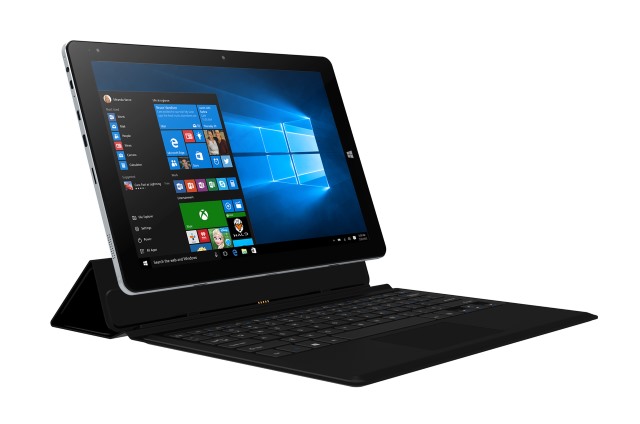
Chuwi Vi10 Plus tablet includes Windows 10 and Android for an incredibly low price
A few months back, we took a look at the Chuwi Hi12, a low-cost tablet that we compared to the Surface Pro 4 and iPad Pro. Now the company has released a slightly smaller -- and even cheaper -- model, the Chuwi Vi10 Plus.
With a 10.8-inch screen, the Chuwi Vi10 Plus is available in two variations. The first model comes with Android-based Remix OS 2.0 installed, while the second is a dual boot unit that has both Windows 10 and Remix OS 2.0 installed.
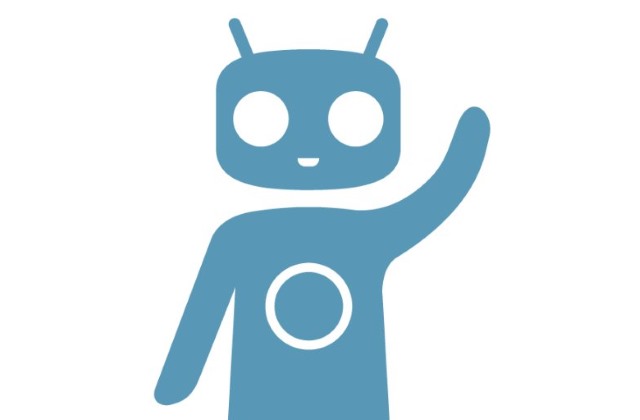
CyanogenMod: reports of its death have been greatly exaggerated
Rumors started to circulate in recent days that all was not well at Cyanogen Inc. Reports suggested that the company was not only shedding a fifth of its staff, but was also moving away from its Android-based CyanogenMod to focus instead on apps.
After a few days of silence, the company has now come forward to set the record straight. Cyanogen Inc wants to make it clear that its operating system is here to stay, and there are no plans to become an app company.
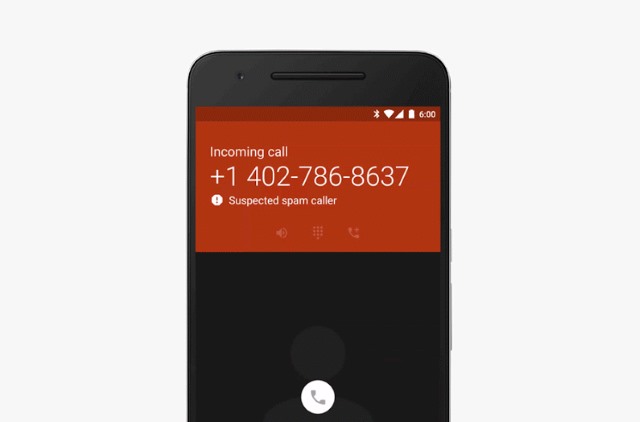
Spam call protection arrives in the Google Phone app for Android
We're used to the idea of filtering spam emails from our inbox these days, but there is also the problem of spam phone calls. These are not just a nuisance, but may also be the start of scams. Google is pushing out an update to its Phone app that helps to keep you protected.
It's a simple idea. Whenever a suspicious call comes through, a warning is displayed on screen to let you know that you might want to either ignore the call, or take care if you answer.

Google Maps gets a facelift that makes it easier to read and areas of interest easier to find
You've probably noticed that it can be hard to make out details on Google Maps. You're not alone; Google has noticed too, and the company has just launched a redesigned version of the essential travel tool.
The changes apply to the desktop, iOS and Android versions of Google Maps and the most immediately apparent difference is the new color palette -- much subtler and easier on the eyes. But Google has also cleaned things up to improve visibility, and added new 'areas of interest'.
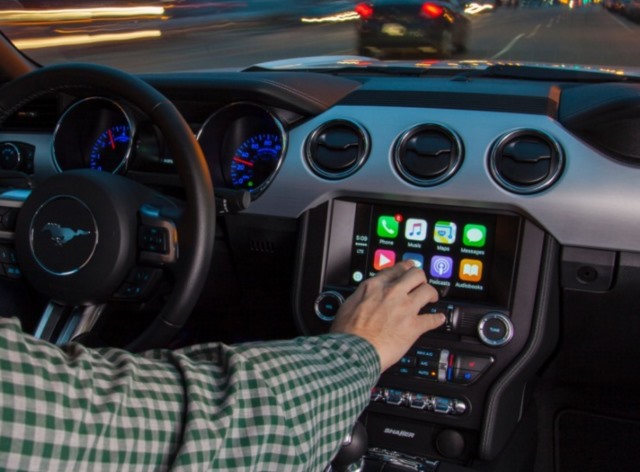
Ford adds SYNC 3 with Apple CarPlay and Android Auto to its entire 2017 range
All of Ford's 2017 SUVs, light trucks, cars and electric vehicles will be kitted out with SYNC 3. The addition of Ford's voice-activated communications and entertainment system means that every single vehicle from its 2017 lineup will feature support for Apple CarPlay and Android Auto -- in the US, at least.
SYNC 3 allows for the use of iPhones and Android smartphones to get directions, make calls, listen to music and make use of third party apps while driving. Ford promises that a "platform-focused approach to SYNC 3 means a fast rollout across all vehicles".

Forget the beta... Prisma arrives on Android
Like Pokémon Go, Prisma has taken the app world by storm in recent weeks. Previously only available for iOS users, the photo app that creates works of art from your snaps has finally made its way to Android.
Just a few days ago there was talk of a beta program that keen users could take part in, but now we've jumped straight to the full release. If you're (somehow) unfamiliar with the app, it uses machine learning to transform your photos into the style of any one of a number of famous artists and styles.
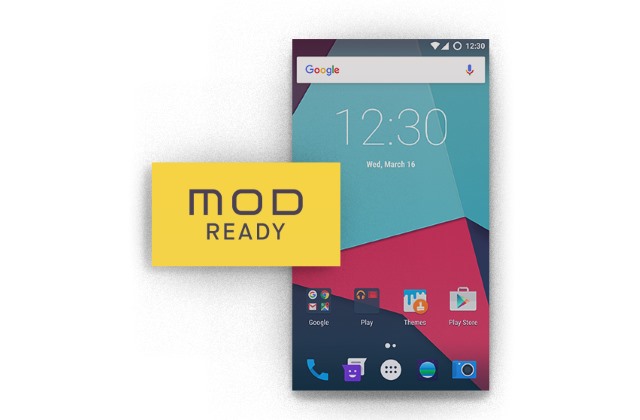
Cyanogen ditches a fifth of its staff and switches focus from OS to apps
Cyanogen Inc -- the cheeky little upstart behind Android-based CyanogenMod -- is reportedly laying off 20 percent of its workforce. The company is a fairly small operation with just 136 employees, but the lay-offs are significant as they are mostly from the OS side of things.
It seems that the open source Android-inspired operating system has failed to generate quite as much interest as hoped, although it does have a very dedicated cult following. It is not clear quite what the future holds for CyanogenMod, but things are not looking good at the moment.

Google wants devs to reduce the size of app updates
For many mobile users, it's important to keep an eye on data usage to ensure tariff limits are not exceeded. A major contributor to gobbling up monthly bandwidth allowances is the updating of apps, and Google is taking steps to reduce the size of APK updates.
In a post on the Android Developers Blog, Google speaks directly to developers, pointing out the various steps they can take to optimize the size of updates. The company also calls for greater transparency so users know the size of updates before committing to a download.
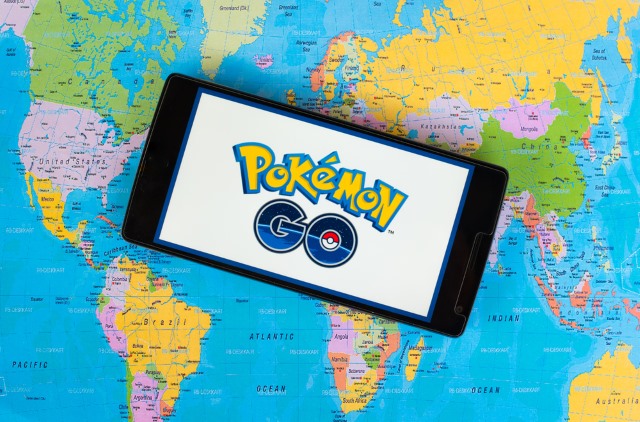
Niantic Labs faces lawsuit in Germany over Pokémon Go privacy concerns
Pokémon Go has proved almost unbelievably popular, and like any app that gains a huge following, malicious versions of the app soon appeared. The game has been in the headlines after hackers knocked gaming servers offline, but there have also been major privacy concerns.
Now there could be a nightmare brewing for developer Niantic Labs in Germany, where consumer advocates say the game violates the country's consumer and privacy laws. Federation of German Consumer Organizations (VZBV) says the company needs to make sweeping changes to a raft of clauses in the app's terms of use in order to avoid further action.

KAPOW! Bubble Zoom in Google Play Books means better support for comics
If you use your Android smartphone or tablet to read comics, your reading experience is about to get a whole lot more enjoyable. An update to Google Play Books sees the introduction of Bubble Zoom, a feature announced at San Diego Comic-Con 2016.
It uses image recognition technology to identify speech bubbles and automatically enlarge the text of each, one at time as you tap. To celebrate, Google is offering 50 percent off certain DC Comics and Marvel comics.
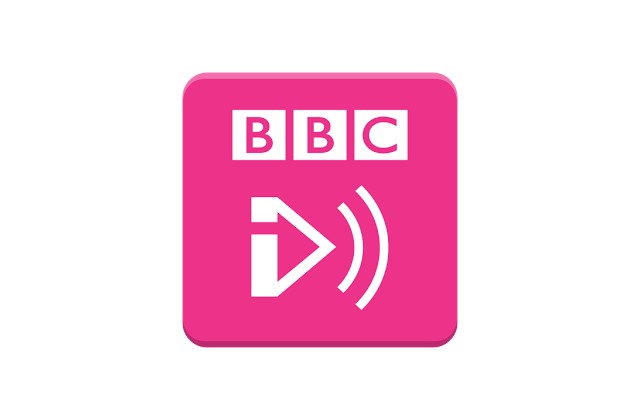
BBC iPlayer Radio app launches in the US for iOS and Android
The BBC pumps out a great deal of fabulous content, but there's one problem -- an awful lot of it can only be accessed in the UK. With the launch of the iPlayer Radio app for iOS and Android, this changes.
As well as giving listeners the chance to tune in to live radio broadcasts, the app also provides access to podcasts, and boasts a catch-up feature for shows you may have missed. The iPlayer Radio app is available free of charge, and has already received rave reviews in the Google and Apple stores.
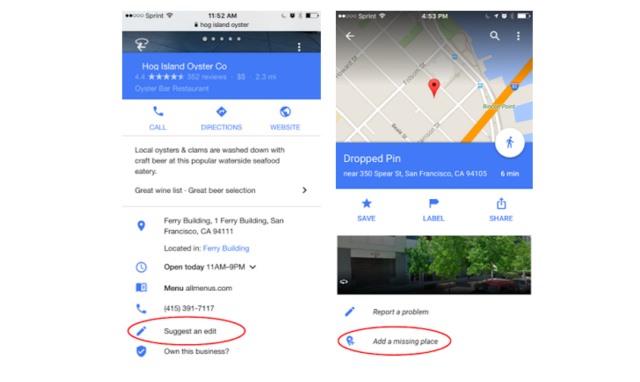
Now it's easier than ever to submit changes and additions to Google Maps
Google has done a great job of mapping the globe down to street level, but it's not perfect. You've almost certainly encountered errors and omissions on Google Maps, and starting today the company is making it easy to point out missing and incorrect data from the comfort of your mobile.
Crowdsourcing the collecting of map data is a great way to ensure that Google Maps is kept constantly up to date. It means that as businesses close down, change names, or open up, users can submit feedback to Google straight away so the information is available to everyone as quickly as possible.

Google is making it harder to root Android 7.0 Nougat
Rooting Android remains very popular with a certain crowd of users, but fact of the matter is for most folks it is an unnecessary hassle. I have gone through the pros and cons of hacking the operating system in previous articles, so I will not discuss them again here, but suffice to say that both the software and the hardware have matured so nicely that the vast majority of people can be perfectly happy with their new smartphone or tablet as it comes out of the box.
Google has been somewhat permissive with regards to rooting, but, behind closed doors, it has been working hard to close the open avenues. While hacking Android has become harder, Nougat will take things to the next level, bringing new security features to make sure that your device stays the way its maker intended.

How to get the Prisma beta on your Android phone
Some apps become overnight sensations -- something ably demonstrated by the Pokémon Go phenomenon. But it's not just games that experience an explosion in popularity. You can't help but have seen stylized pictures posted to Facebook: photos that have been transformed into striking works of art.
This trickery is the handiwork of the Prisma app. The app has only been available for iOS users, but that's about to change. It would have been madness not to have released Prisma for Android, and the company behind the app -- Prisma labs inc -- knows this. A beta version of Prisma is about to launch, and you can be the first to learn of its release.

BBC+ is a new iOS and Android app that delivers personalized BBC content
Over the years, the BBC has created a huge number of apps and websites to showcase the various services it offers. If you're interested in a range of BBC content, you've probably found that you have to jump from app to app and website to website. BBC+ aims to change all that.
BBC+ is a new app from the corporation that’s available for iOS and Android. This is one of the first apps built using the newly-developed Mobile Application Framework (MAF) and it gives BBC fans the opportunity to create a personalized collection of the content most relevant and interesting to them -- news, weather, TV and more.
